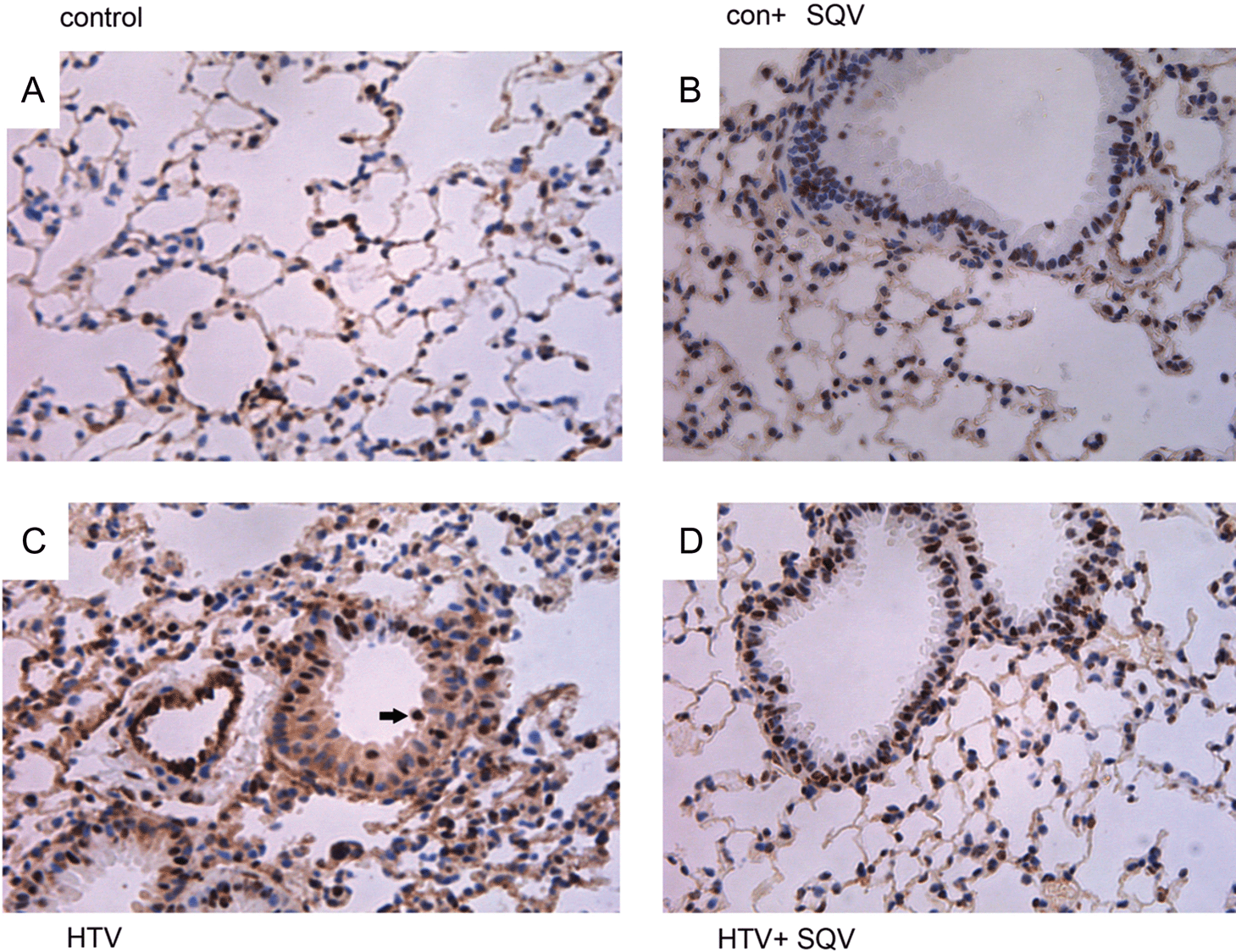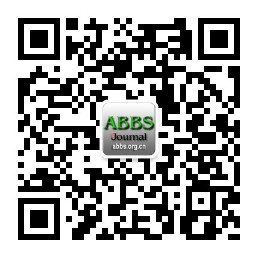博文
ABBS: HMGB1 and Saquinavir protection on lung injury
|||
Xin Wang, Renlingzi Zhang, Yao Tong, Xibing Ding, Shuqing Jin, Xiang Zhao, Jiaying Zong, Zhixia Chen, Timothy R. Billiar, and Quan Li
Department of Anesthesiology, East Hospital, Tongji University School of Medicine, Shanghai 200120, China
Acta Biochim Biophys Sin 2017, 49: 907–915; doi: 10.1093/abbs/gmx085
Saquinavir (SQV) is the first FDA approved HIV protease inhibitor. Previous studies showed that SQV can limit Toll-like receptor-4 (TLR4)-mediated inflammatory pathway and nuclear factor-κB (NF-κB) activation, thereby playing a protective role in many kinds of diseases. High-mobility group box 1 (HMGB1) has been identified as an inflammatory mediator and it might express its toxicity in a short period of time in ventilator-induced lung injury (VILI). In this study, C57BL/6 mice were randomly divided into four groups (n = 10): control group and control with SQV group (Con + SQV) were spontaneous breath. HTV group (HTV) received high tidal volume ventilation (HTV) for 4 h. HTV with SQV group (HTV + SQV) were pretreated with 5 mg/kg of SQV for 7 days before HTV. Mice were sacrificed after 4 h of HTV. Lung wet/dry weight (W/D) ratio, alveolar-capillary permeability to Evans blue albumin (EBA), cell counts, total proteins in bronchoalveolar lavage fluid (BALF), tumor necrosis factor-α (TNF-α), interleukin-6 (IL-6) level in BALF and lung tissue, and lung histopathology were examined. Our results showed that HTV caused significant lung injury and NF-κB activation, which was correlated with the increase of TNF-α and IL-6 levels in BALF and plasma. SQV pretreatment significantly attenuated pulmonary inflammatory injury, as well as NF-κB activation. These findings indicate that the protective effect of SQV may be associated with the inhibition of NF-κB activation and HMGB1 expression in mice.

Immunohistochemical staining of lung sections for HMGB1 in VILI model
阅读原文: http://www.abbs.org.cn/arts.asp?id=4214
获取全文: abbs@sibs.ac.cn
相关论文:
2 Contributions of high mobility group box protein in experimental and clinical acute lung injury
3 HMGB1 contributes to the development of acute lung injury after hemorrhage
5 An overview on HMGB1 inhibitors as potential therapeutic agents in HMGB1-related pathologies
6 Contribution of high-mobility group box-1 to the development of ventilator-induced lung injury
7 Role of HMGB1 in cardiovascular diseases
8 Potential role of high-mobility group box 1 in cystic fibrosis airway disease

https://blog.sciencenet.cn/blog-592748-1178752.html
上一篇:ABBS: Pyrvinium pamoate inhibits uveal melanoma
下一篇:ABBS: D-amino acid substitution of antimicrobial peptide